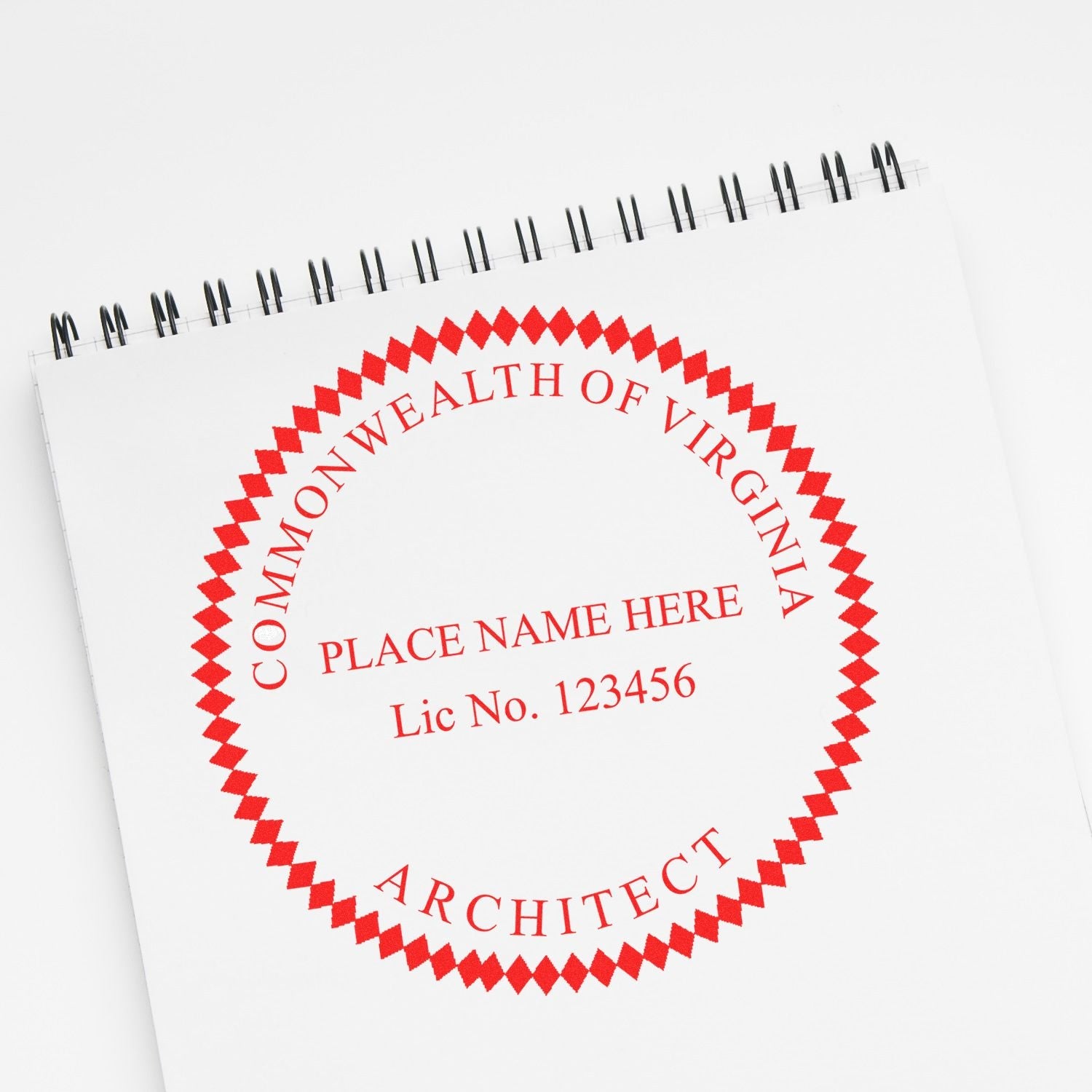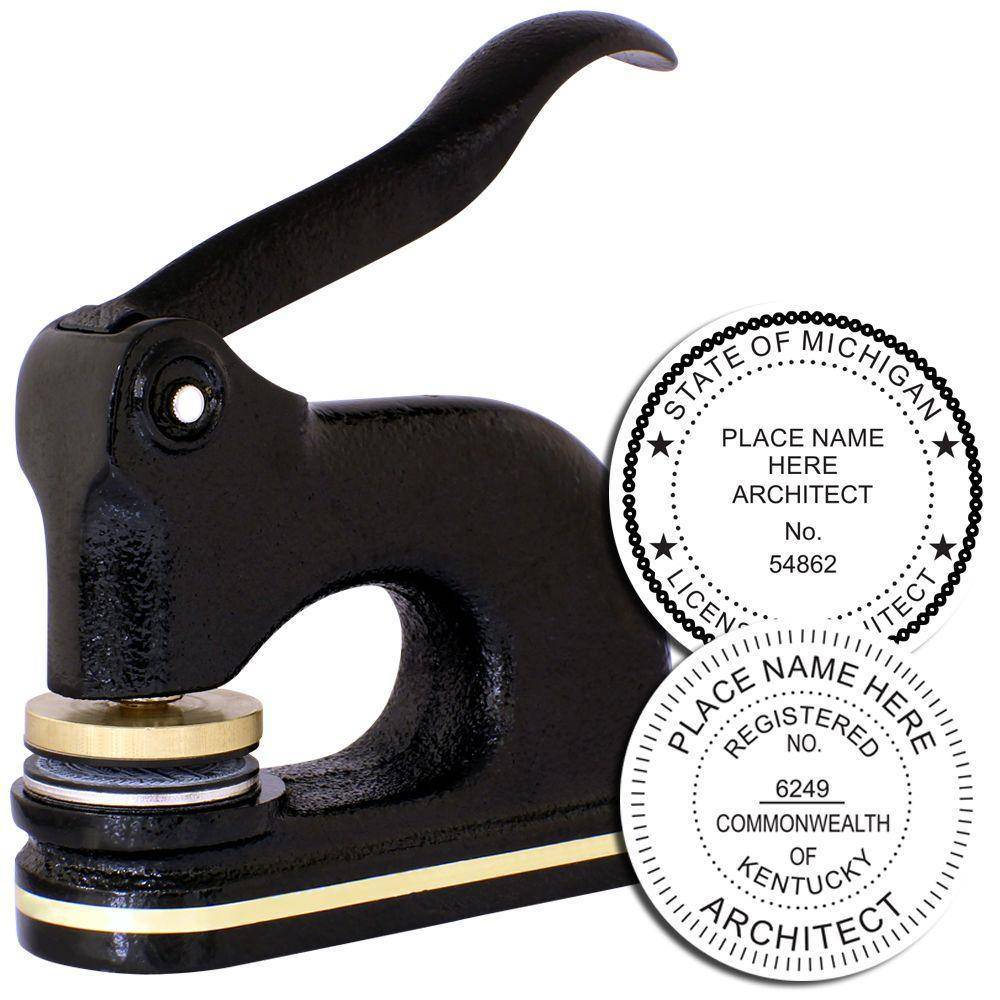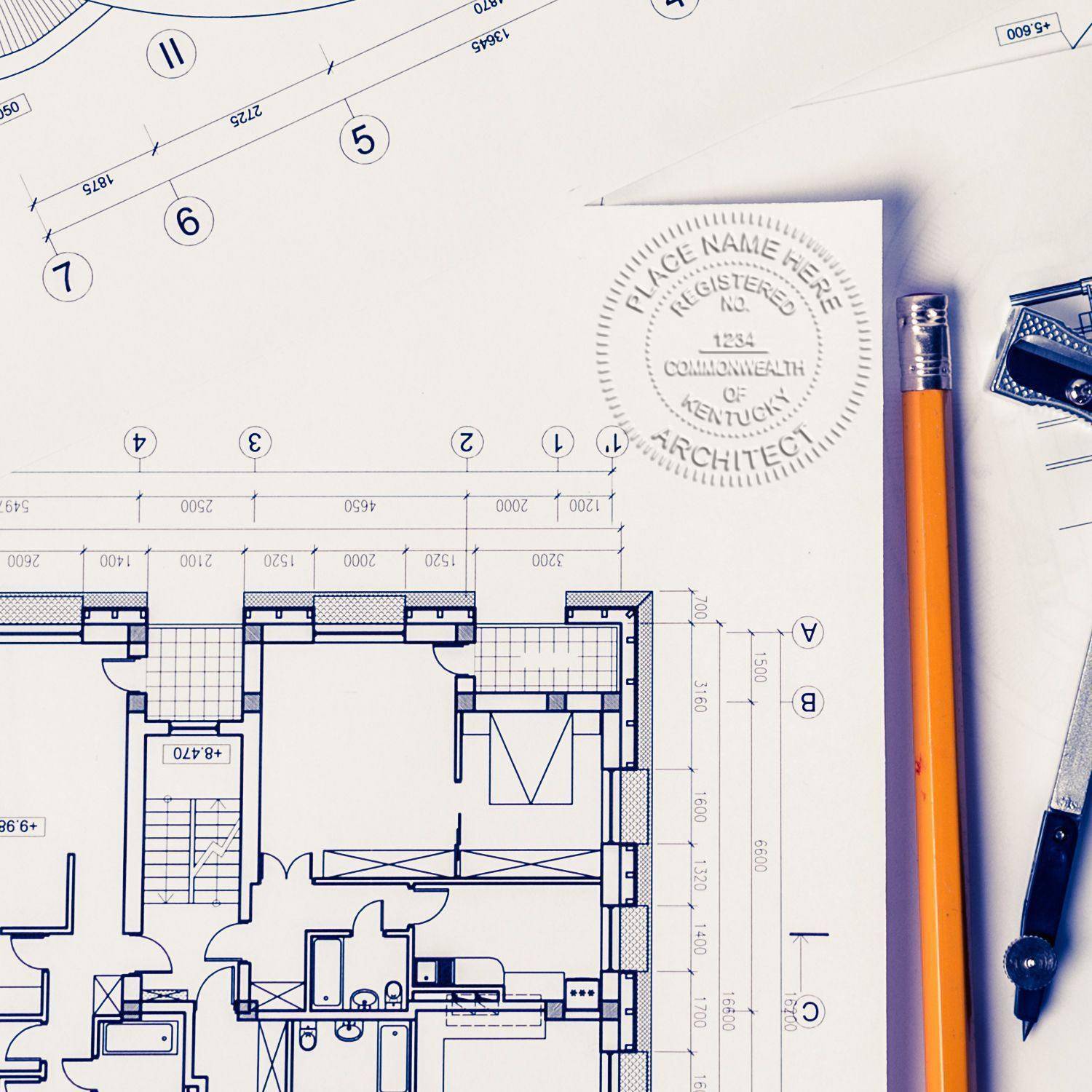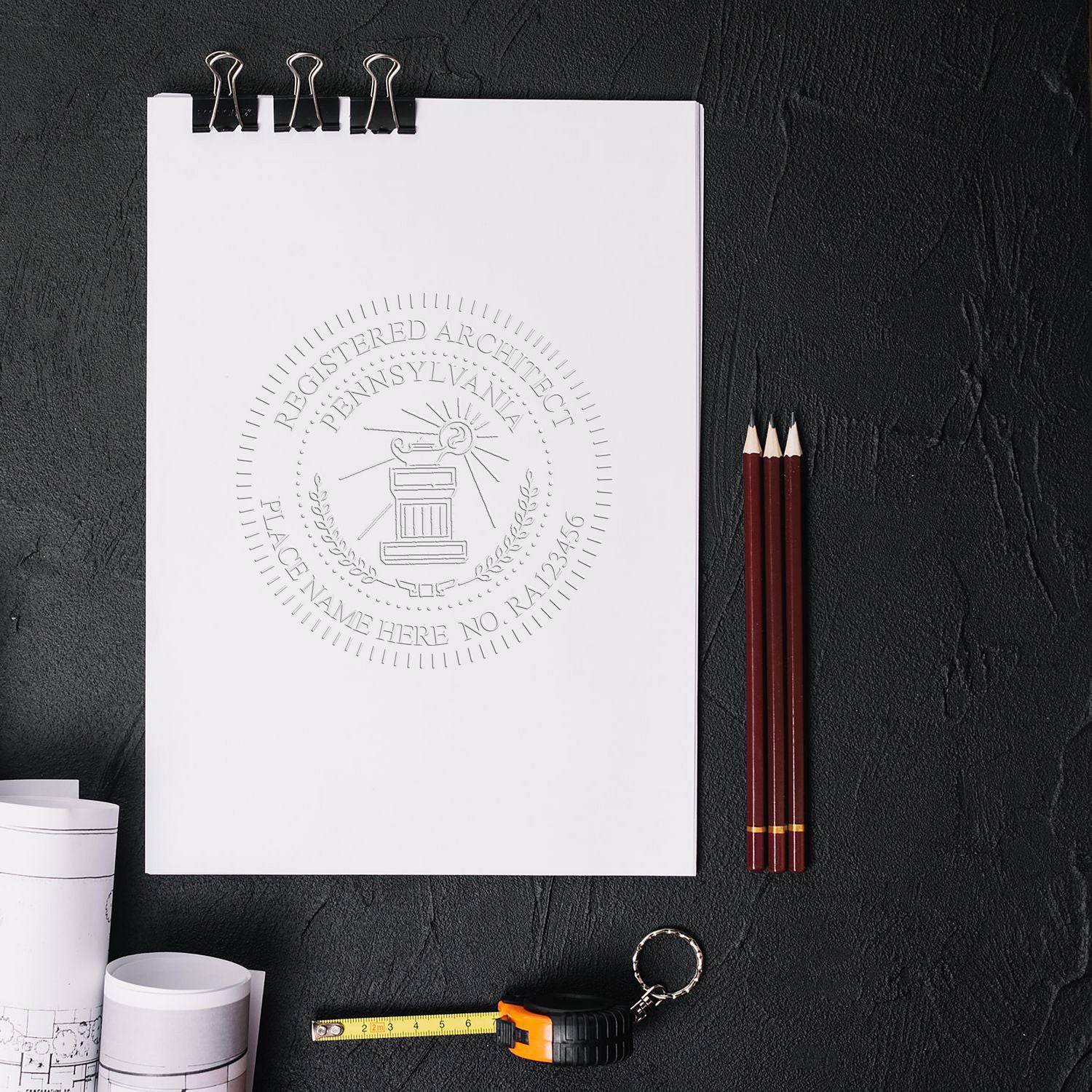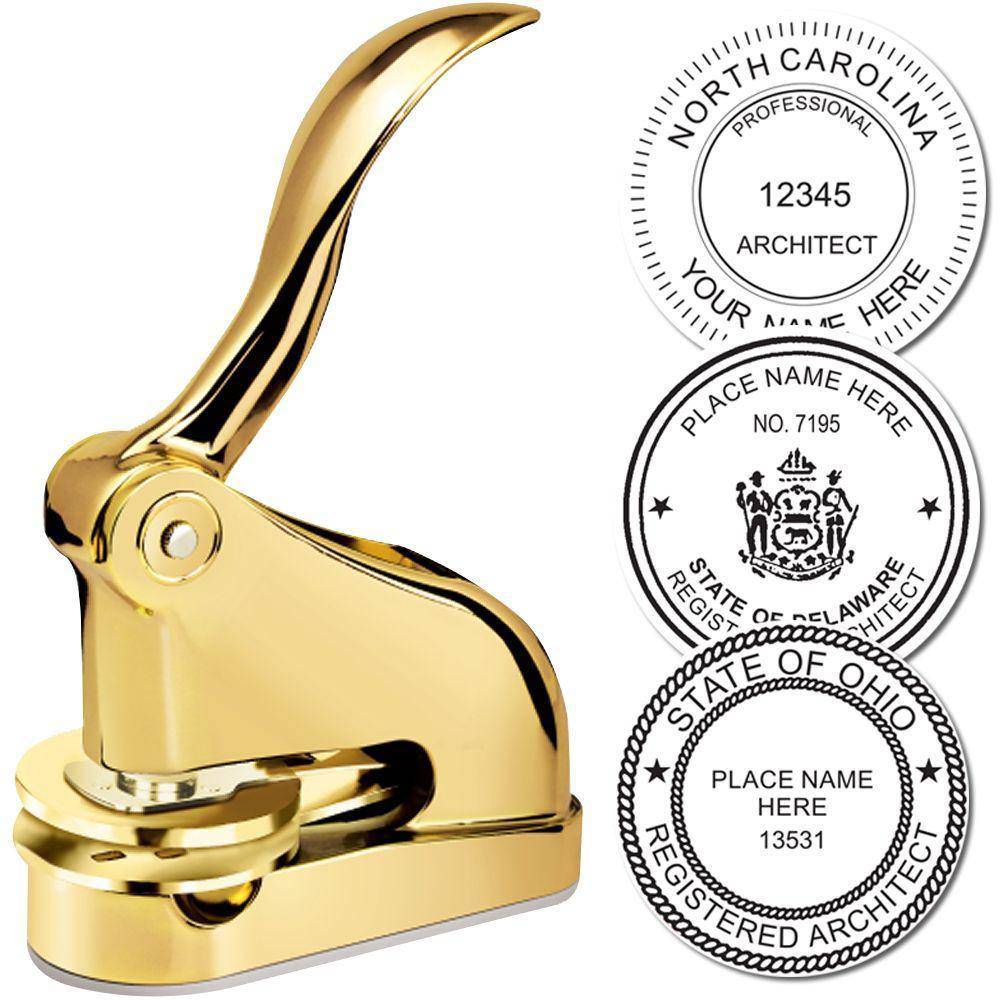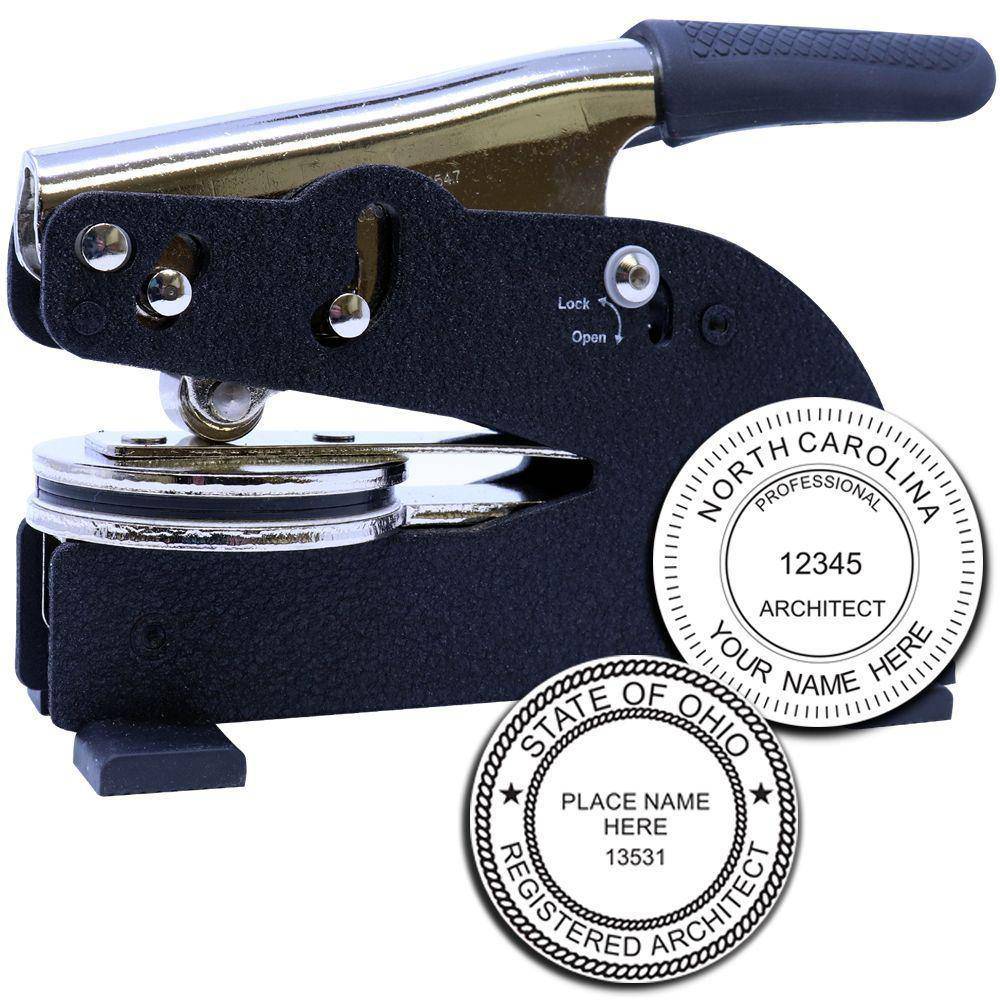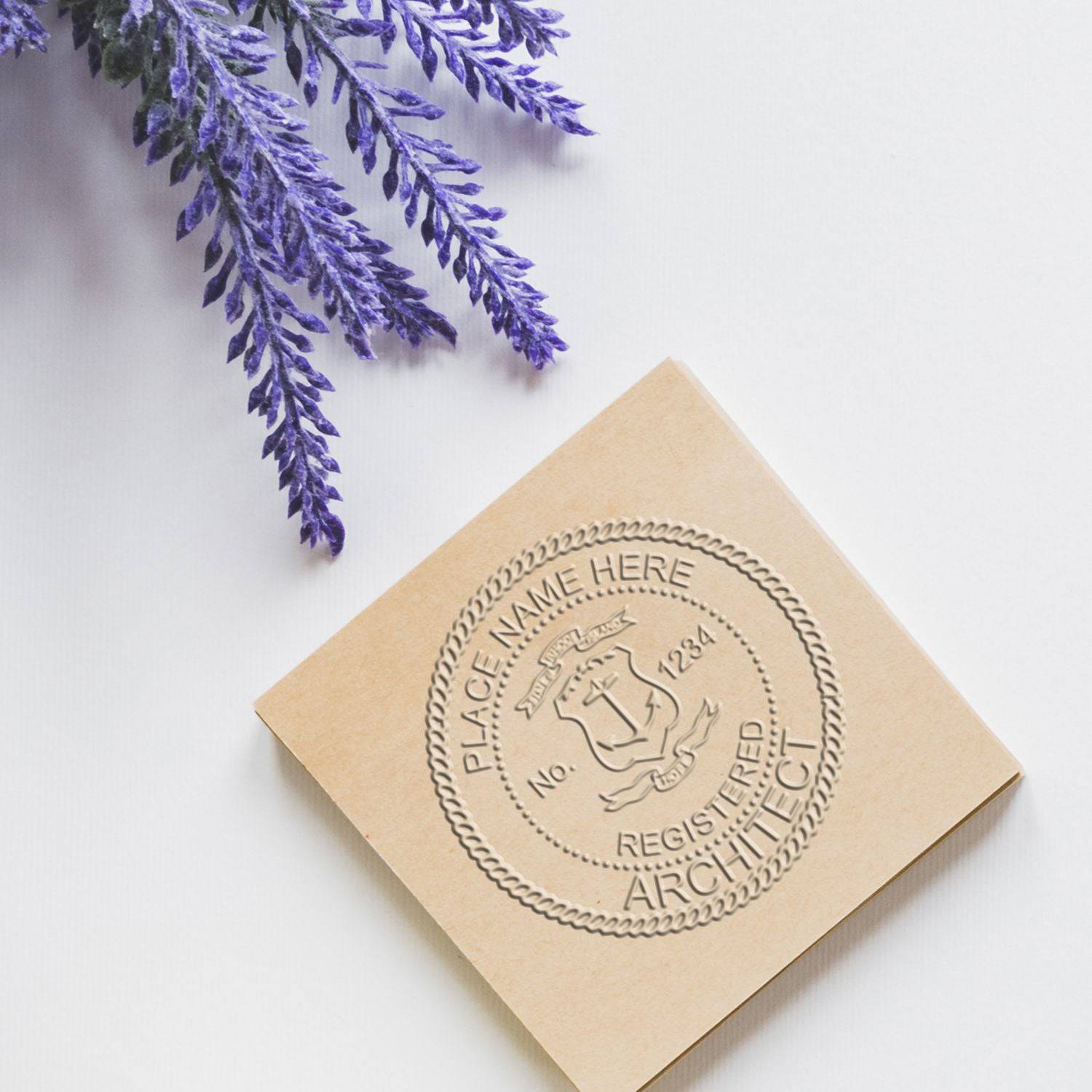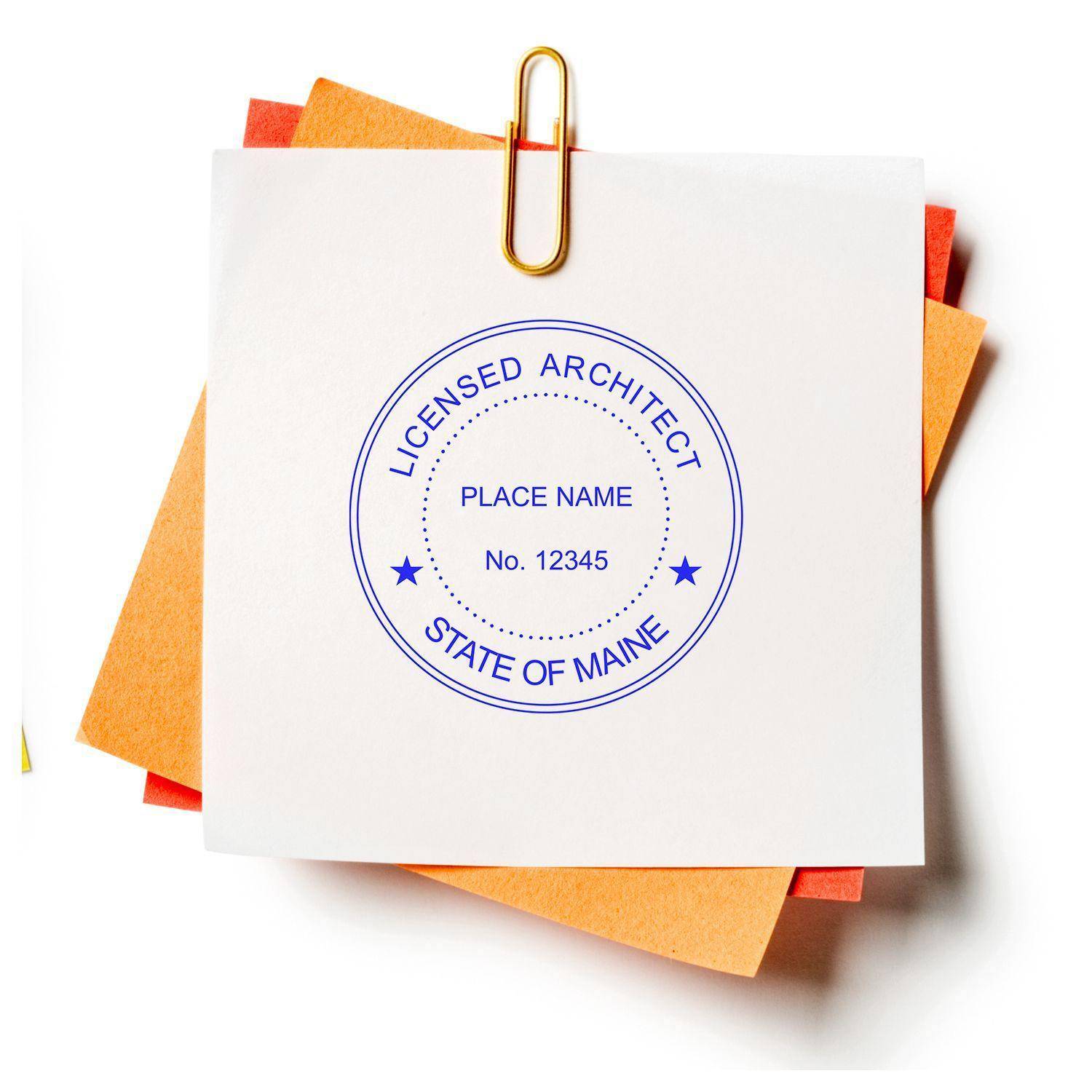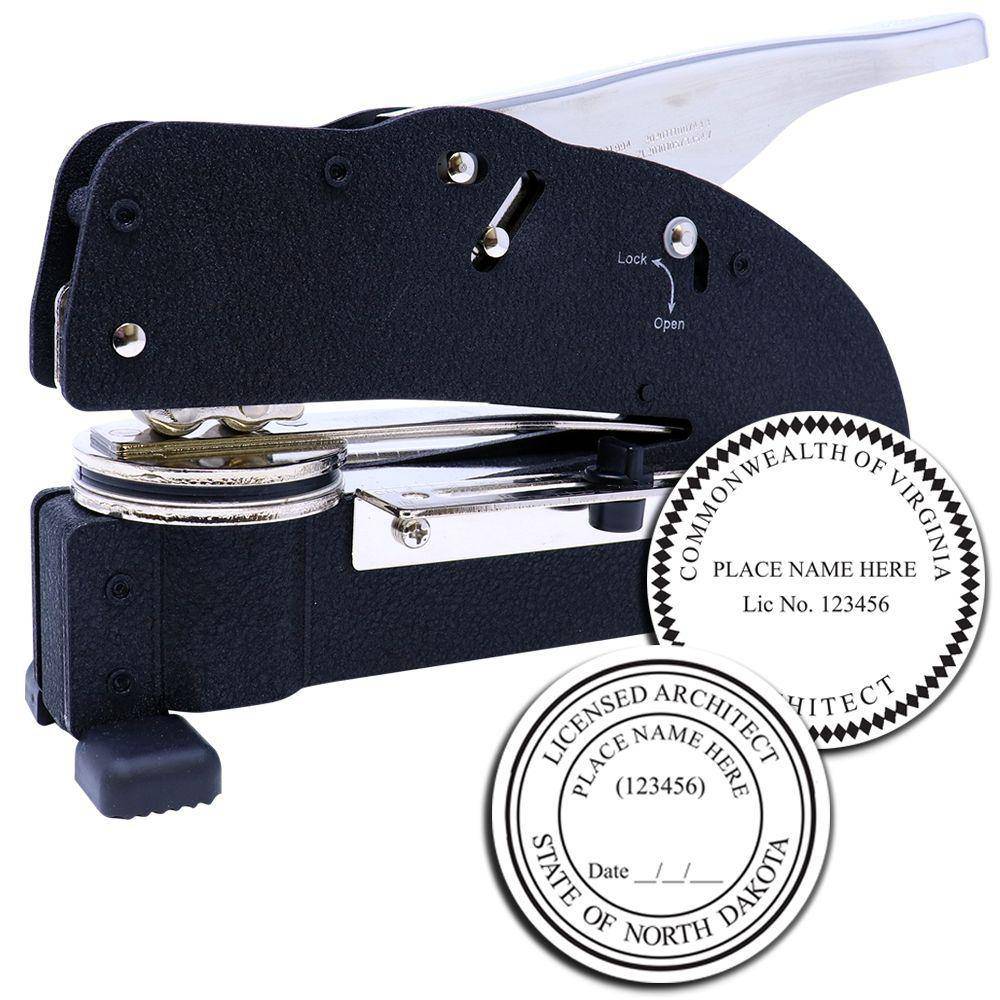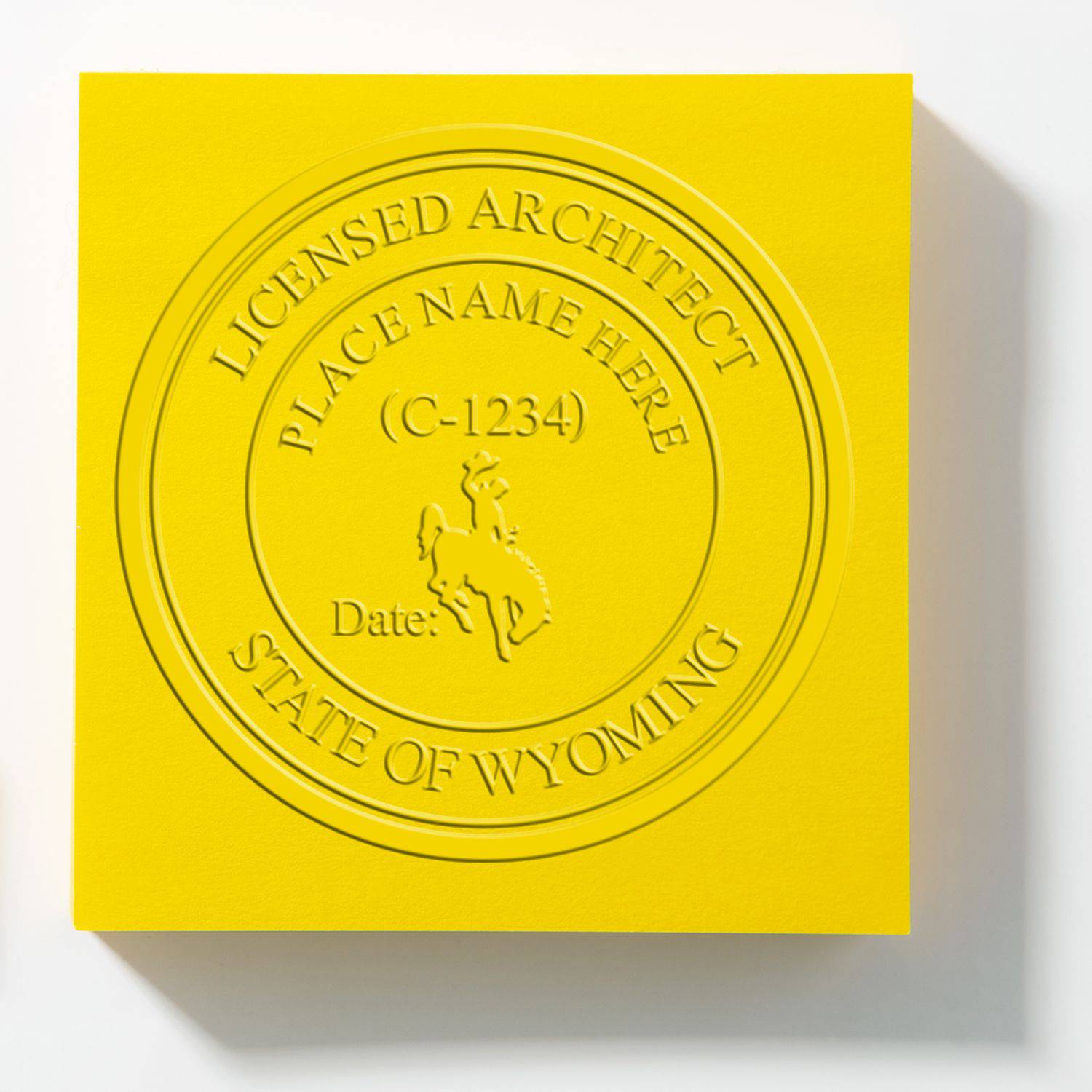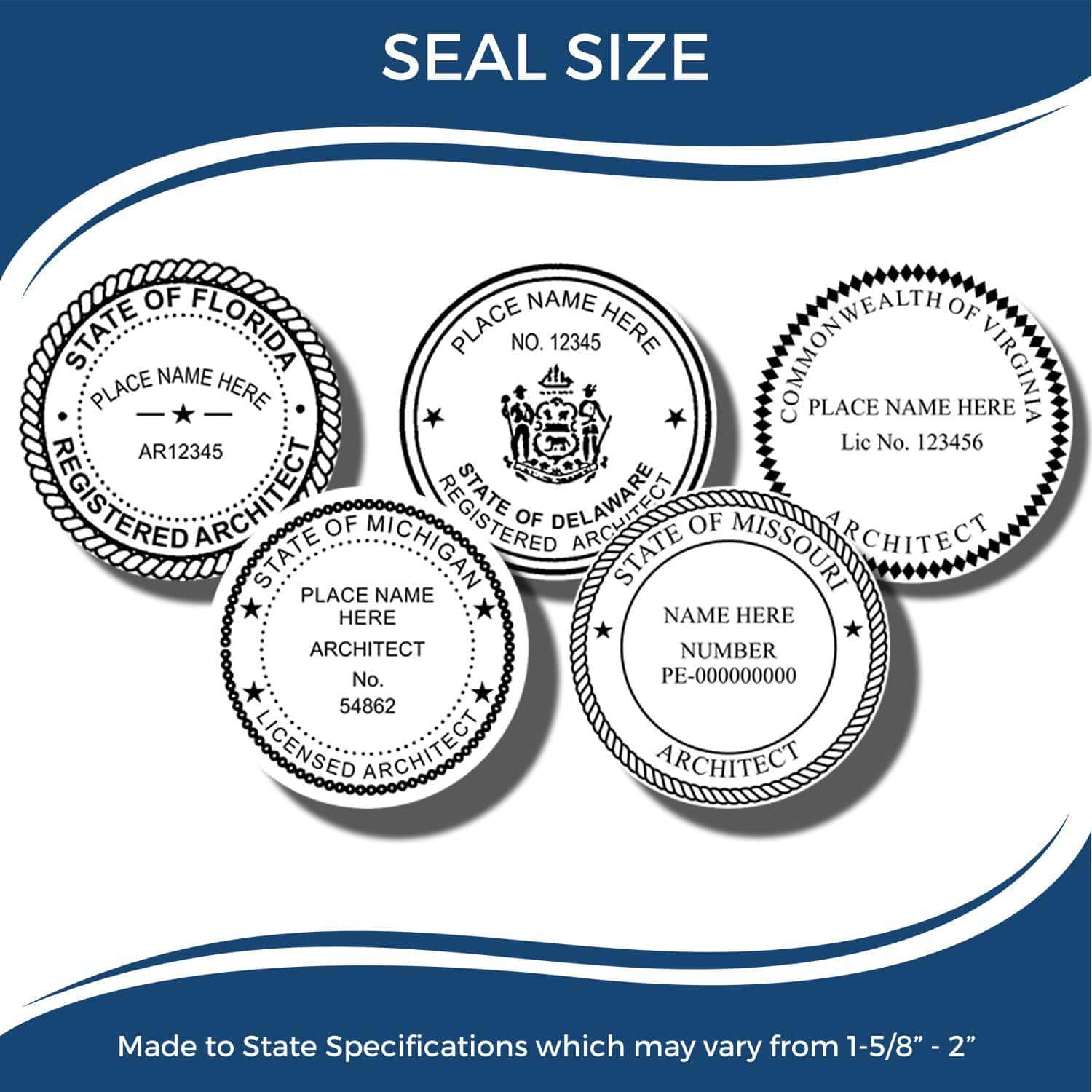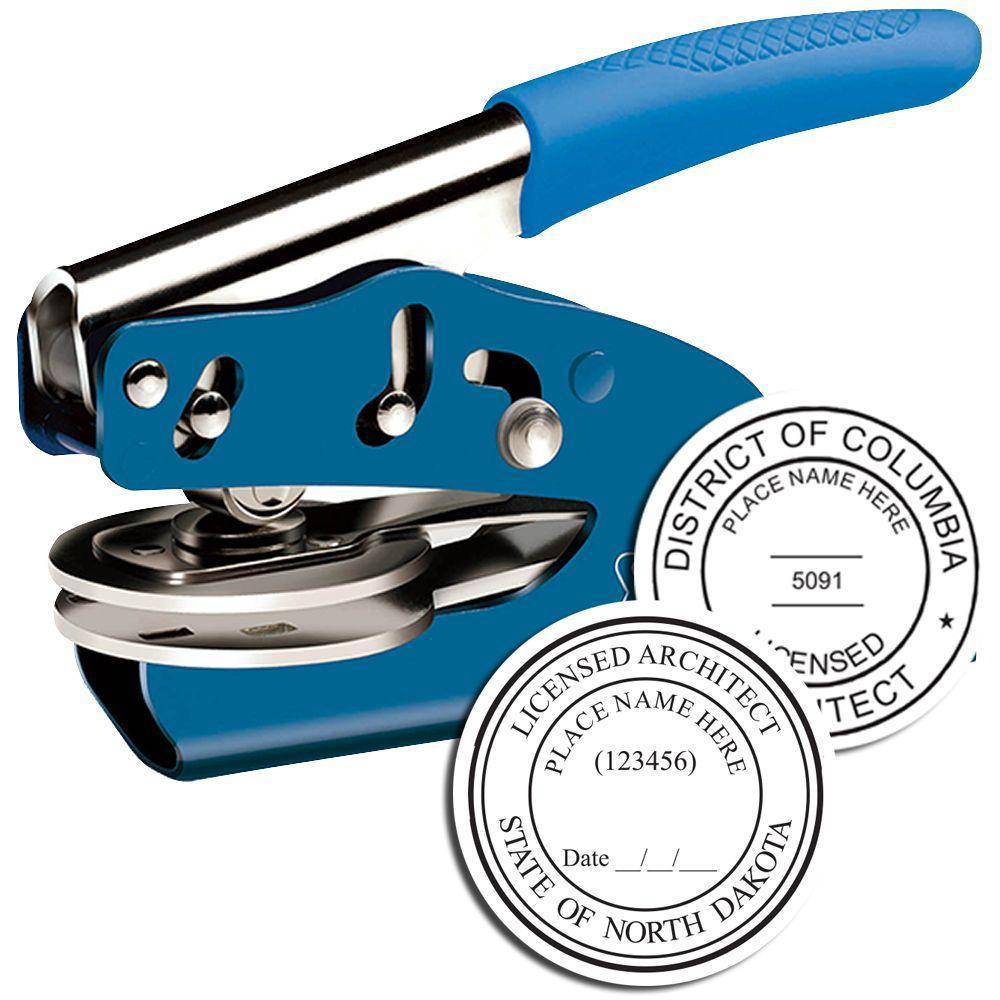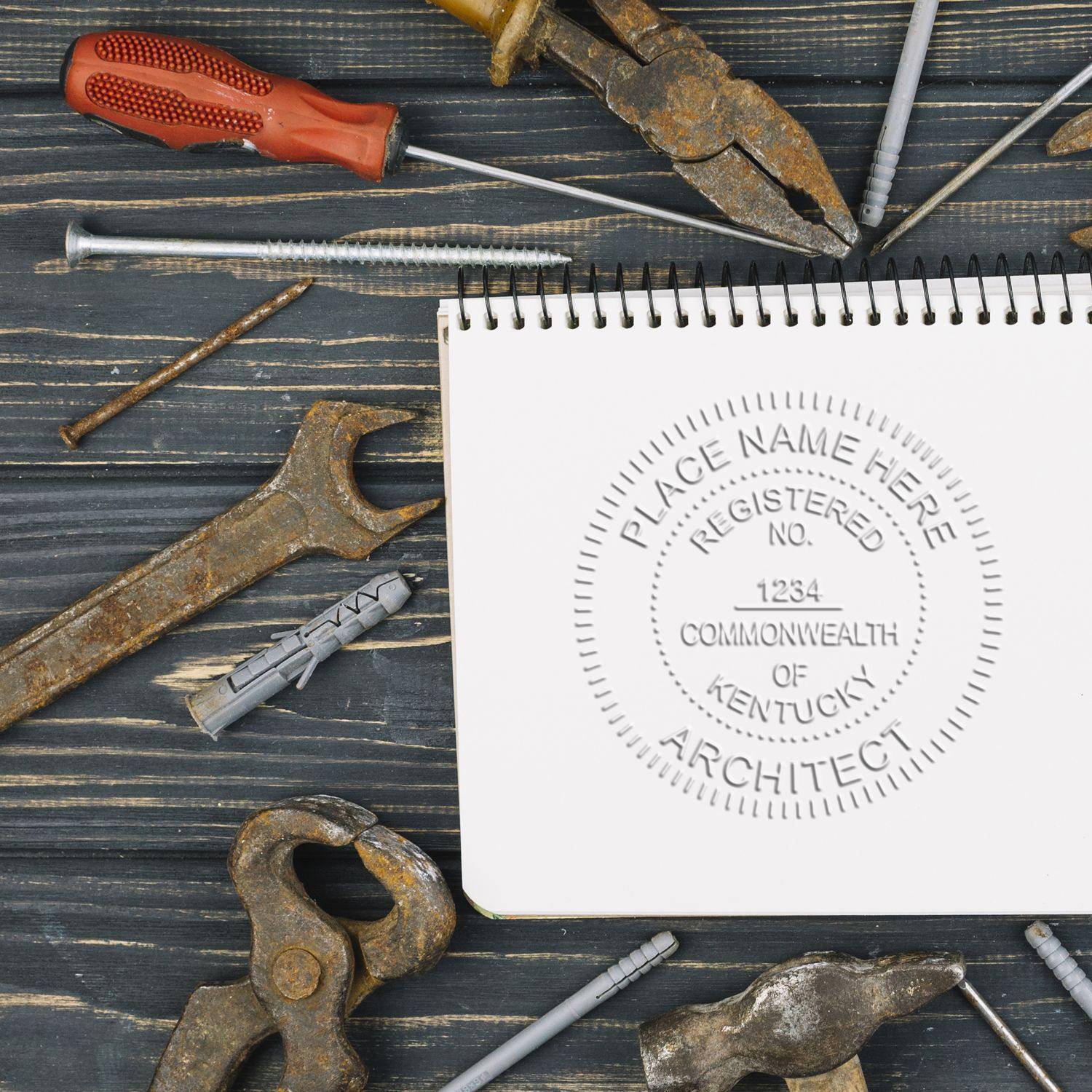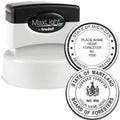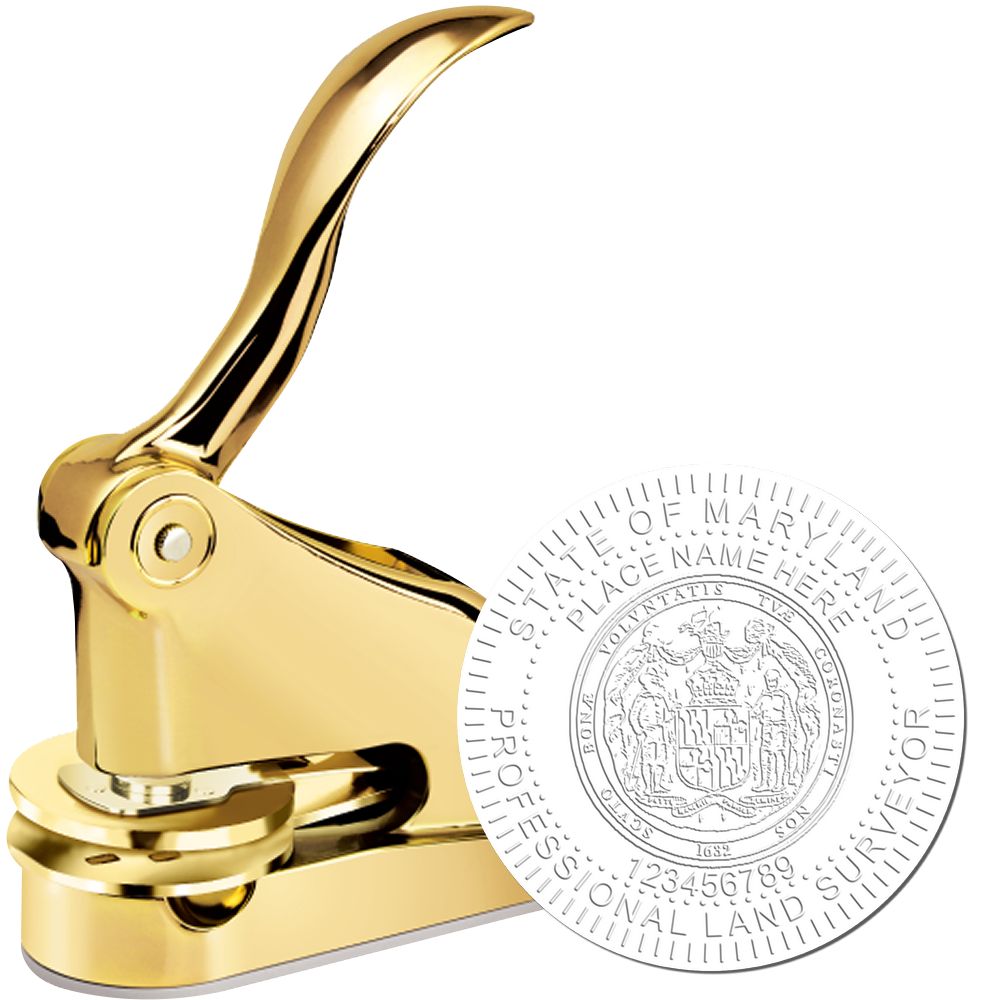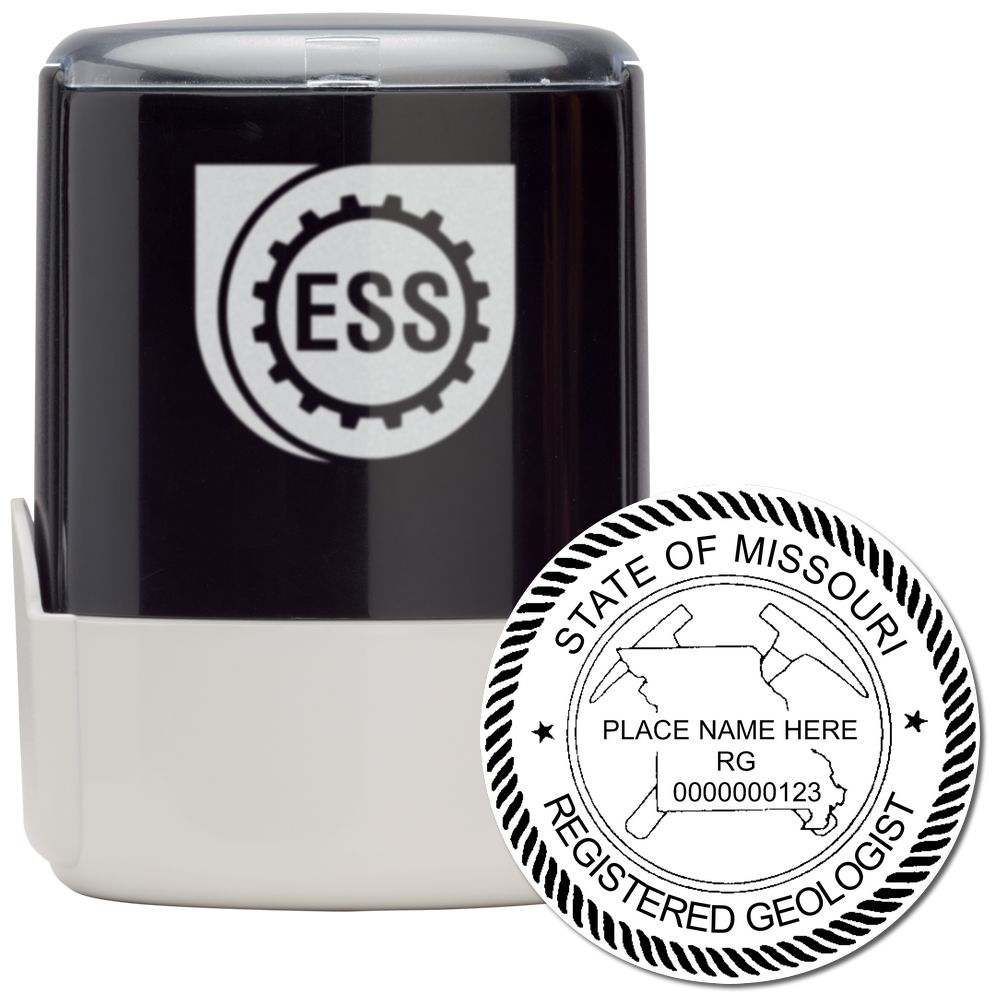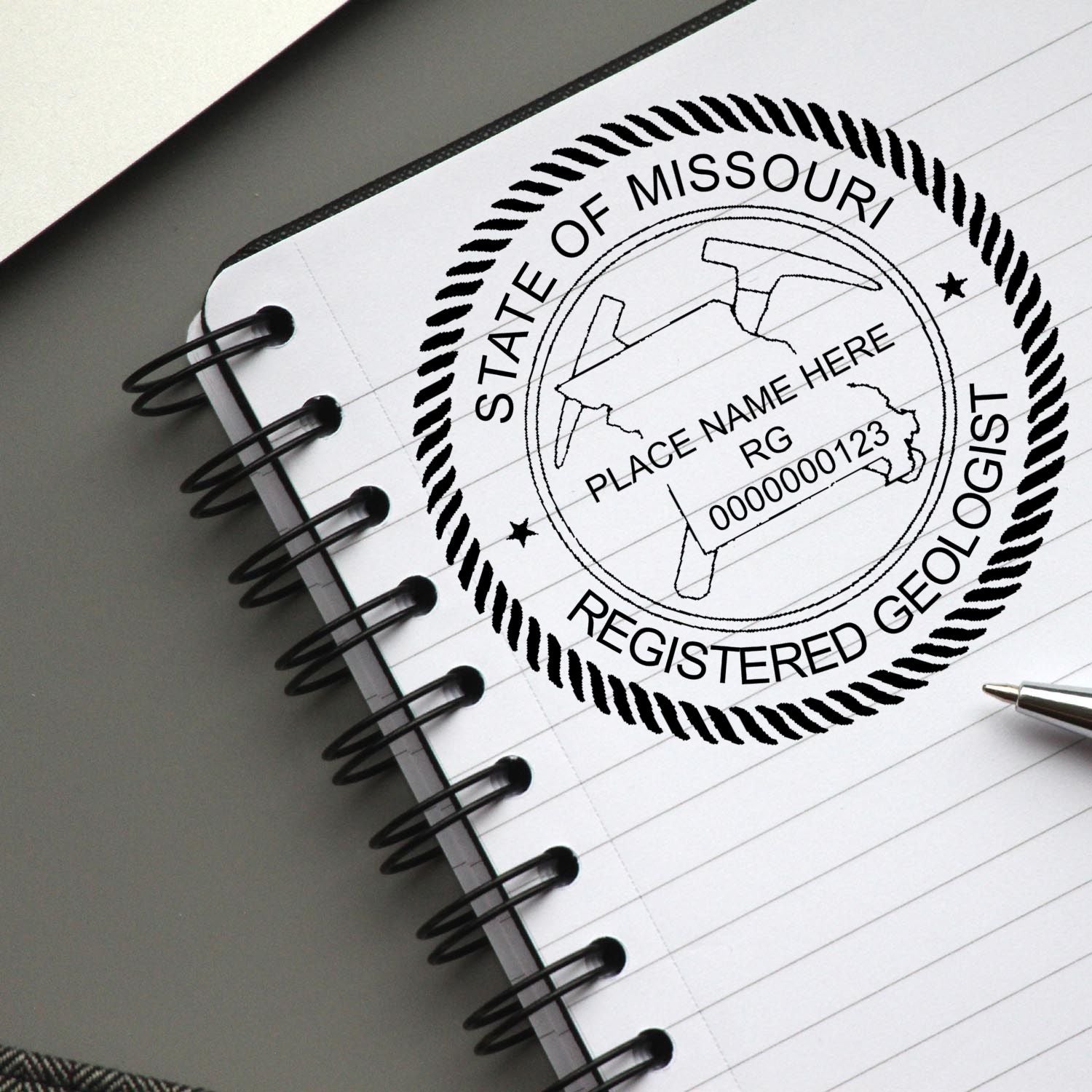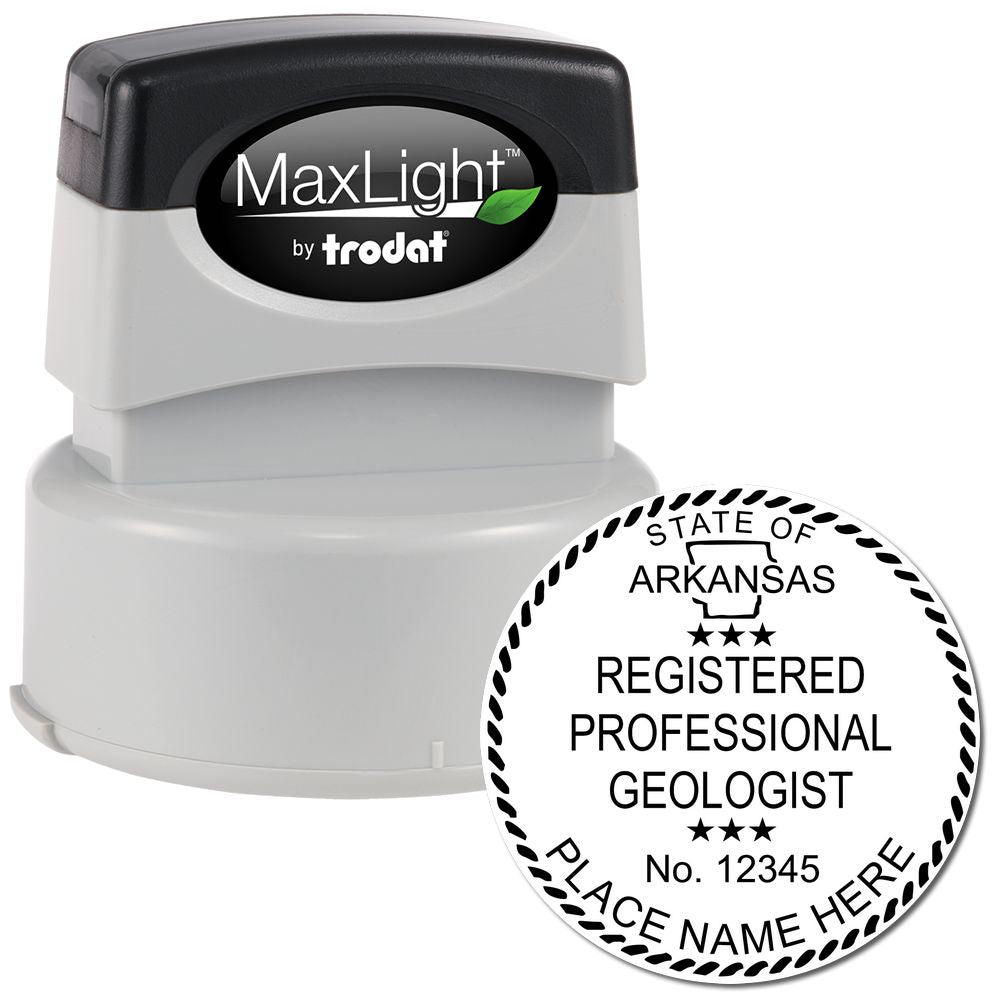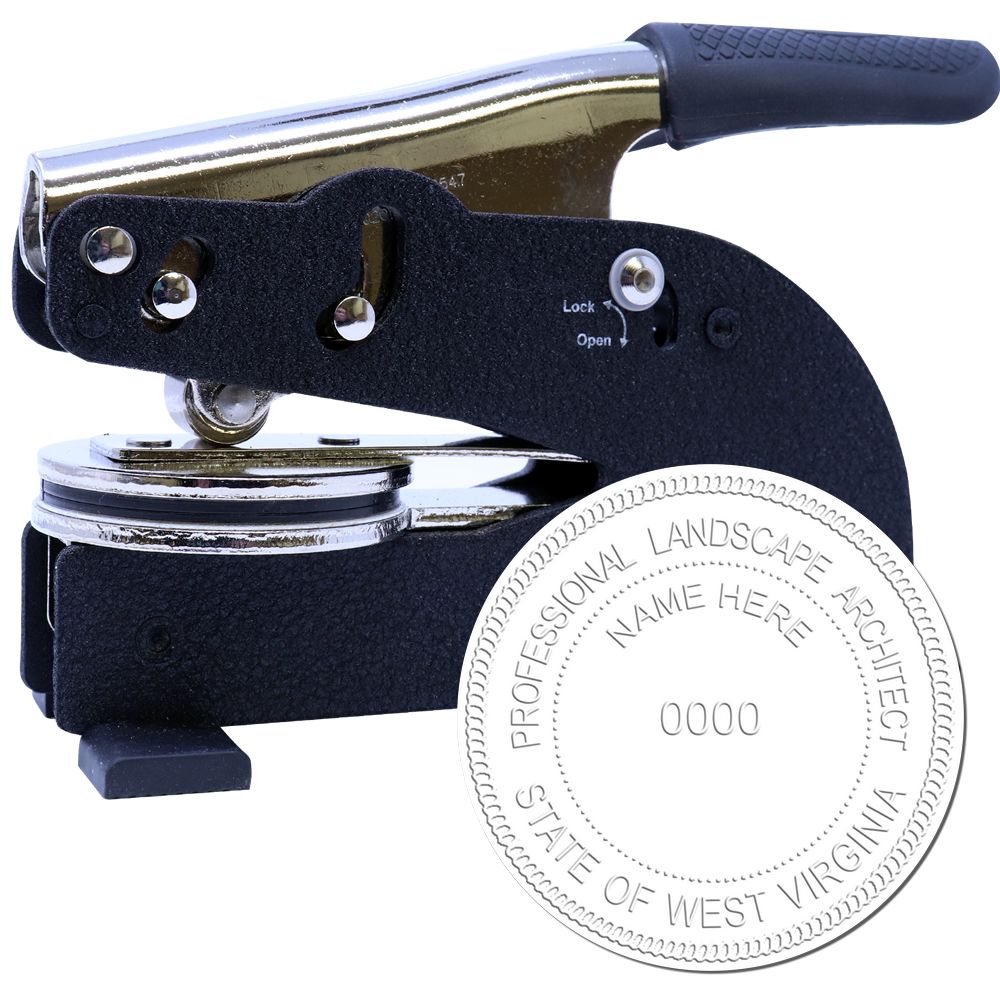The Significance of Architect Seals
Introduction to Architect Seals
Architect seals hold a significant role in the architecture industry, serving as a symbol of authority and professionalism. An architect seal is a unique stamp or embossment that architects use to authenticate their work, ensuring its authenticity and adherence to legal requirements. These seals are an essential tool for architects, signifying their expertise and responsibility in the construction and design process.
Legal Requirements and Regulations
Architect seals are not just a matter of preference; they are often required by law and governed by specific regulations. These legal requirements vary from country to country and even within different jurisdictions. The purpose of these regulations is to protect the public by ensuring that architectural plans, drawings, and documents are prepared and approved by licensed professionals.
Architects must familiarize themselves with the specific regulations governing their practice and the use of architect seals. These regulations typically outline the requirements for obtaining and using architect seals, including the size, design, and information that must be included on the seal. It is essential for architects to understand these legal requirements to practice ethically and avoid potential legal consequences.
In the United States, for example, each state has its own board of architecture responsible for regulating the architecture profession and establishing the requirements for architect seals. Architects must meet specific educational and licensing criteria before they can obtain a seal. The details regarding the size and other specifications of the architect seal can also vary by state. For more information about architect stamps and seals, you can refer to our article on architect stamps.
By adhering to legal requirements and regulations, architects can demonstrate their commitment to professionalism, accountability, and public safety. Architect seals play a crucial role in ensuring that architectural documents are prepared and reviewed by qualified individuals, ultimately contributing to the integrity and quality of the built environment.
Understanding the significance of architect seals and the legal framework surrounding their use is essential for architects and those seeking architectural services. By recognizing the importance of these seals, clients can have confidence in the qualifications and expertise of the architects they choose to work with.
Understanding Architect Seals
To truly comprehend the significance of architect seals, it is essential to understand their purpose and function within the architecture industry. Architect seals serve as a symbol of authority and credibility, representing the professional expertise and responsibility of architects.
Purpose and Function of Architect Seals
Architect seals serve multiple purposes, with their primary function being to authenticate and certify architectural documents. When an architect applies their seal to a drawing, blueprint, or other architectural document, it signifies that they have reviewed and approved the content. This seal acts as an assurance that the document was prepared by a licensed and qualified architect.
Another important purpose of architect seals is to ensure compliance with legal requirements and regulations. Many jurisdictions have specific laws and regulations that mandate the use of architect seals on certain architectural documents. These requirements are in place to protect the public and ensure that buildings and structures are designed and constructed by qualified professionals.
Components of an Architect Seal
An architect seal typically consists of several key components:
-
Architect's Name: The name of the architect is an integral part of the seal, as it identifies the individual responsible for the document.
-
Architect's License Number: The license number signifies that the architect is duly licensed and authorized to practice architecture in their respective jurisdiction.
-
State or Jurisdiction: The name of the state or jurisdiction where the architect is licensed is often included on the seal.
-
Seal Design: Architect seals come in various designs, ranging from traditional embossing seals to modern ink stamps or digital seals. The design may incorporate elements such as the architect's initials, a professional logo, or an emblem representing the architect's membership in professional organizations.
By understanding the purpose and components of architect seals, individuals can appreciate their importance in the architectural profession. These seals not only validate the authenticity of architectural documents but also ensure compliance with legal requirements, ultimately contributing to the safety and welfare of the public. If you are interested in learning more about architect stamps, you can refer to our article on architect stamps.
Architect Seals as a Symbol of Authority
Architect seals hold significant importance within the architecture industry, serving as a symbol of professionalism and credibility. These seals are more than just decorative elements on documents; they represent the authority and expertise of licensed architects. Let's explore how architect seals contribute to the industry's integrity and the assurance of public safety and welfare.
Professionalism and Credibility
Architect seals play a vital role in establishing the professionalism and credibility of architects. When an architect includes their seal on drawings, plans, or other architectural documents, it signifies that the work has been reviewed, approved, and certified by a licensed professional. The presence of an architect seal gives clients, contractors, and regulatory authorities the confidence that the architect's work meets the required standards and adheres to legal and building regulations.
Architects who display their seal demonstrate their commitment to upholding the highest professional standards. It is a visual representation of their knowledge, skills, and experience in the field. The seal also acts as a form of identification, allowing clients and stakeholders to easily verify the architect's credentials and ensure they are working with a qualified professional.
Ensuring Public Safety and Welfare
Beyond professionalism, architect seals serve a critical role in ensuring public safety and welfare. Architects are responsible for designing structures that meet safety codes, regulations, and industry standards. By affixing their seal on architectural plans, they are attesting that the design complies with these requirements and that the structure will be safe for occupancy.
Architect seals act as a safeguard against substandard work or design flaws that could compromise the safety and well-being of the public. They provide a level of assurance that the architect has considered various factors, including structural integrity, accessibility, and environmental impact, to ensure the overall safety and functionality of the building.
Architects are bound by legal and ethical obligations to prioritize public safety and welfare. The use of architect seals reinforces their commitment to these responsibilities and serves as a reminder that their work directly impacts the lives and well-being of those who will inhabit the structures they design.
Understanding the significance of architect seals in terms of professionalism, credibility, and ensuring public safety is essential for both architects and those seeking architectural services. By recognizing the importance of these seals, clients can make informed decisions when choosing an architect, knowing that the presence of a seal signifies a commitment to quality, expertise, and the highest standards of the profession. Visit our article on architect stamps for more information about architect seals and their uses.
Different Types of Architect Seals
Architect seals are essential tools for professionals in the architecture industry. They serve as a mark of authority, credibility, and adherence to legal requirements. There are several types of architect seals available, each with its own distinct characteristics. In this section, we will explore three common types of architect seals: embossing seals, ink stamps, and digital seals.
Embossing Seals
Embossing seals, also known as embossers, are a traditional and widely recognized type of architect seal. These seals create a raised, three-dimensional impression on paper, providing a tactile and visually distinctive mark. Embossing seals are often made of sturdy metal plates and feature a handle for ease of use.
One of the advantages of embossing seals is their durability. The metal construction ensures that the seal can withstand frequent use without compromising the quality of the impression. Embossing seals also offer an added layer of security, as it is difficult to replicate or tamper with the raised impression.
| Type of Architect Seal | Pros | Cons |
|---|---|---|
| Embossing Seals | Durable, visually distinctive, difficult to tamper with | Not suitable for use on multi-sheet documents |
Ink Stamps
Ink stamps are another common type of architect seal. These seals utilize ink to create a clear and precise impression on paper. Ink stamps consist of a rubber or polymer stamp pad and a handle for easy maneuvering. The stamp pad is inked before each use to ensure a consistent and legible impression.
One of the main advantages of ink stamps is their versatility. They can be used on a variety of surfaces, including paper, cardboard, and some fabrics. Ink stamps are also available in different sizes, making them suitable for various document types. However, it is important to choose the appropriate ink for the specific surface to ensure the longevity of the impression.
| Type of Architect Seal | Pros | Cons |
|---|---|---|
| Ink Stamps | Versatile, available in different sizes, suitable for various surfaces | Requires re-inking, may smudge if not used properly |
Digital Seals
With advancements in technology, digital seals have become increasingly popular in the architecture industry. These seals are created and applied digitally, using software or online platforms. Digital seals often incorporate the architect's signature, professional information, and a unique identifier to ensure authenticity.
Digital seals offer convenience and flexibility, as they can be easily applied to digital documents and drawings. They provide a seamless integration with digital workflows and allow for quick sharing and distribution of files. However, it's important to ensure that digital seals comply with legal requirements and regulations in the applicable jurisdiction.
| Type of Architect Seal | Pros | Cons |
|---|---|---|
| Digital Seals | Convenient for digital documents, quick sharing and distribution | Compliance with legal requirements and regulations needed |
The choice of architect seal depends on various factors, including personal preference, legal requirements, and the specific needs of the architect. Understanding the characteristics and benefits of each type of seal allows architects to make an informed decision when selecting the most suitable option for their professional practice. For more information on architect seals and related topics, visit our article on architect stamps.
How to Obtain Architect Seals
Architect seals are essential tools for architects as they signify their professional authority and validate their work. If you're an architect or someone looking to obtain architect seals, there are a few important steps to follow. This section will guide you through the process of obtaining architect seals, including licensing and certification requirements, as well as ordering and customizing architect seals.
Licensing and Certification
Before an architect can obtain architect seals, they must first meet the necessary licensing and certification requirements. These requirements vary depending on the jurisdiction in which the architect practices. Typically, architects must complete a professional degree program in architecture, gain practical experience through internships, and pass the Architect Registration Examination (ARE) to become licensed.
Licensing ensures that architects have the necessary knowledge and skills to practice architecture safely and responsibly. It also protects the public by establishing a standard of competency and professionalism within the industry. Architects should check with their local architectural board or regulatory body to determine the specific licensing requirements in their area.
Once an architect is licensed and certified, they are eligible to obtain architect seals.
Ordering and Customizing Architect Seals
To obtain architect seals, architects have several options available to them. They can choose to order architect seals online or through local office supply stores that offer customization services. Online platforms offer convenience, allowing architects to customize their seals from the comfort of their own workspace. Additionally, by ordering architect seals online, architects can access a wider range of customization options, such as different sizes, shapes, and designs.
When ordering architect seals, architects should consider the specific requirements of their jurisdiction. Some jurisdictions may have regulations regarding the size and content of architect seals. For example, the size of the architect seal may need to meet certain specifications, or it may be required to include the architect's name, license number, and the jurisdiction in which they are licensed. It's important to review the regulations and guidelines provided by the local architectural board or regulatory body to ensure compliance.
Architect seal customization options may include choices such as ink stamps or embossing seals with various design elements. Architects can select the type of seal that best suits their preferences and professional needs. Embossing seals create a raised impression on paper, while ink stamps make an inked impression. The choice between these options often comes down to personal preference and the desired aesthetic.
By following the necessary licensing and certification procedures, architects can ensure their eligibility to obtain architect seals. They can then explore the various options for ordering and customizing their seals, tailoring them to meet the requirements and reflect their professional identity.
Remember, architect seals play a significant role in the industry, symbolizing authority and credibility. To learn more about architect seals and related topics, check out our article on architect stamps.
About ESS
At Engineer Seal Stamps, we pride ourselves on being the makers of high-quality custom rubber stamps, professional seals, and notary stamps. Our commitment to providing exceptional products and outstanding customer service is evident in everything we do. As industry leaders, we understand the importance of creating reliable stamps that meet your exact requirements and specifications.
We offer a variety of options to ensure our customers receive the exact product they need. Our team of highly skilled professionals works diligently to ensure we provide a range of state board guarantees on each of our products. These guarantees give you peace of mind knowing that you are receiving a reliable, efficient and trustworthy engineering seal stamp or notary stamp. Moreover, our team is committed to providing an unparalleled quick turnaround time on all of our products. This ensures that you receive your customized stamps in a timely manner, allowing you to proceed with your projects or business operations without any delays.
At Engineer Seal Stamps, we take pride in our exceptional customer service and commitment to quality. Our knowledgeable and friendly customer service representatives are always here to answer any of your questions or concerns. We understand that the needs of every business and individual differ, and we work hard to meet and exceed your expectations with our highly customizable stamp products. Choose Engineer Seal Stamps for all your custom rubber stamp, professional seal, and notary stamp needs to experience our superb customer service, superior quality, and fast turnaround time.

